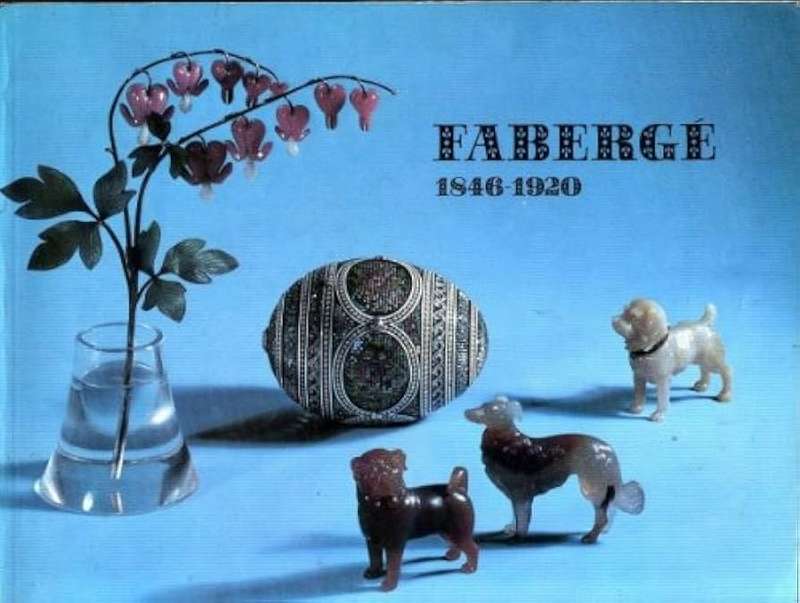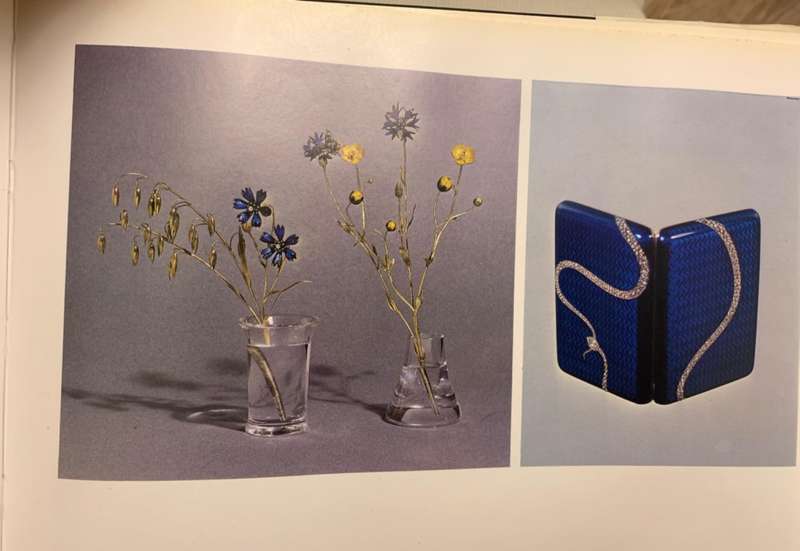



Faberge, 1846-1920
Check my rate
| Main centres: | 1-3 business days |
| Regional areas: | 3-4 business days |
| Remote areas: | 3-5 business days |




| Main centres: | 1-3 business days |
| Regional areas: | 3-4 business days |
| Remote areas: | 3-5 business days |
Debrett's Peerage in association with the V&A, to accompany an exhibition of objects from the Royal Collection, 1977, softcover, landscape format, illustrated, 132 pages, condition: very good.
Faberge was a jewellery firm founded in 1842 in Saint Petersburg, Russia, by Gustav Fabergé, using the accented name Fabergé.[1] Gustav's sons Peter Carl and Agathon and grandsons followed him in running the business until the October Revolution in 1917. The firm was famous for designing elaborate jewel-encrusted Fabergé eggs for Russian emperors, and for a range of other work of high quality and intricate detail. In 1924, Peter Carl's sons Alexander and Eugène Fabergé opened a firm called Fabergé & Cie in Paris, France, making similar jewellery items and adding the name of the city to their firm's stamp, styling it FABERGÉ, PARIS. In 1951, rights to the Fabergé brand name for the marketing of perfume were bought by Samuel Rubin. In 1964, Rubin sold his Fabergé Inc. company to cosmetics firm Rayette Inc., which changed its name to Rayette-Fabergé Inc.
As the brand was resold more times, companies using the Fabergé name launched clothing lines, the cologne Brut (which became the best-selling cologne at the time), the perfume Babe, hair products, and also undertook film production. The brand changed hands additional times, and jewellery was eventually added back to the product lines. Next to branded Fabergé items, the world market has been continuously supplied with imitation "Fauxbergé" objects and "Fabergé-style" products. Today, the brand is owned by a company called Fabergé Limited and is used solely for jewellery items and gem stones.